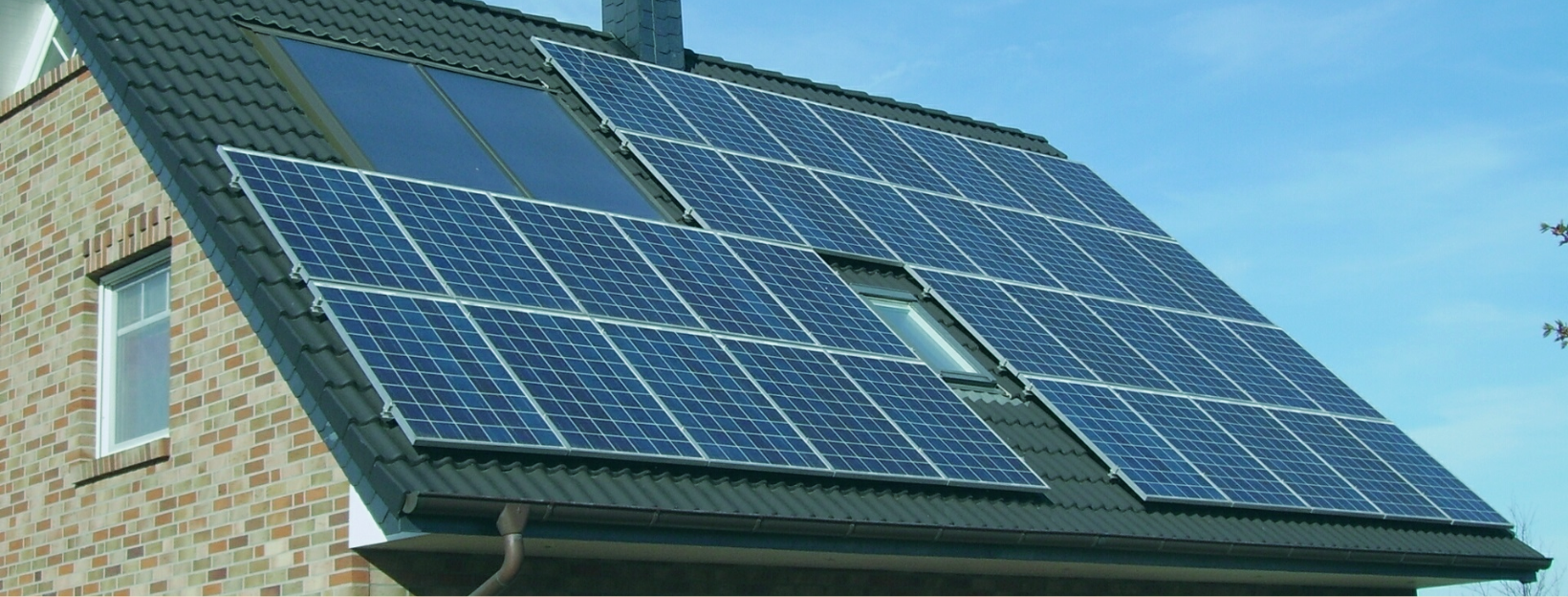
South and Vale District Councils push for zero carbon homes in joint response to Government consultation.
In their response to the Government’s Future Homes Standard Consultation, which closes later today, South Oxfordshire District Council and the Vale of White Horse District Council have agreed with the move to produce clearer standards and guidance in line with the recommendations of the Hackitt Review. Restructuring the guidance so that it is clearer about what is expected of the home builders and developers in complying with the requirements is a positive step.
However, although supportive of the intention of the targets being proposed, both Councils felt strongly that the Government should be “far more ambitious” with their targets and timescales in the move towards constructing zero carbon houses in their expectations of local authorities, housing developers and homeowners.
Last year both councils declared a Climate Change Emergency. At South Oxfordshire District Council, they have set a date of 2030 by which they expect to reach carbon emissions of net zero or near to net zero. At Vale of White Horse District Council, they are aiming for a 75% reduction in carbon emissions in the district by 2030
As such tackling climate change is at the forefront of many of their policies and decision-making processes.
They also feel that it would have been helpful to have run the consultation on the future home standards on new homes, existing homes and non-domestic buildings at the same time to give a clearer overview of the changes across all buildings
Both the South and Vale Councillors felt that the 31% target being proposed by the Government is considered too low to meet climate emergency targets. It has been put to the Government that there should be universal national standard for zero carbon homes and that this would be easier to manage than individual councils having to request and evidence these zero carbon standards themselves.
On the 27th June the UK became the first major economy to pass a net zero emissions target into law. The Future Homes Standard Consultation released in October 2019 presented a proposal from government to introduce a new “Future Homes Standard” which they want to see introduce fully across country by 2025, with an immediate change to energy efficiency standards by mid to late 2020.
Across the industry it is widely known what is required for new developments. Both the South and Vale now feel it’s the time to introduce higher standards and the timings currently set could be more ambitious. It is possible to be constructing zero carbon homes by 2025. The concern with only achieving a 31% CO2 reduction in 2020 is that on larger scale strategic housing sites, some of the new homes being built next year will be built to a lower standard than those constructed on the subsequent parcels of land. Therefore, across an entire development the homes will have significantly different levels of energy efficiency and running costs.
Emily Smith, leader of Vale of White Horse District council said “We must move faster to zero carbon buildings if we are going to hit Government and the Vale’s own targets on carbon reduction, but national planning legislation restricts the environmental standards we are able to specify in our Local Plans and neighbourhood plans. There should be no limits put on our climate reduction ambitions”.
Sue Cooper, Leader of South Oxfordshire District Council added “our council are currently looking at the design for our new headquarters in Crowmarsh Gifford. It will be built with sustainability at its core, and we want to set the standards for future developments in our district and a cleaner, greener way of living for future generations”

